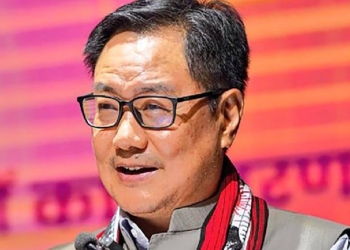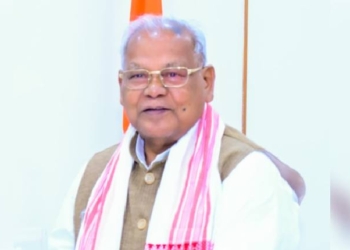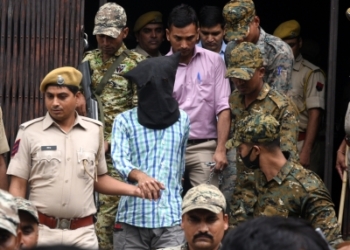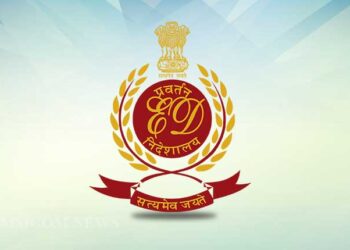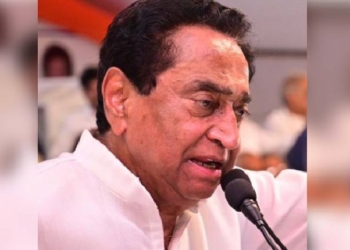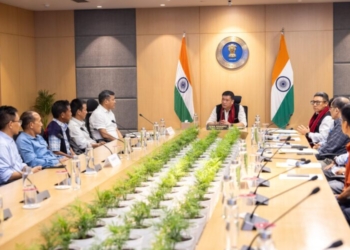The Supreme Court is currently seized of an extremely important issue in relation to civil rights of sexual minorities in the country, more particularly, the right to marry. A complex constitutional question, especially with the central government taking a preliminary objection that the issue lies in the domain of the legislature, challenging the very power of the Court to take up the issue on the judicial side.
While I agree with the broad yet narrow issue taken up by the Court, it is important to not approach the subject with a restrictive lens and term it the issue of ‘same sex marriage’ as has been popularly used. It is important to understand that the issue is about recognizing civil rights of non-heterosexual individuals.
This includes a vast range of identified permutations and combinations amongst the sexual minorities and not just a union of individuals willing to get married while having same sex.
To understand this, we must first understand that the expressions sex and gender are not synonymous or interchangeable. The broad difference is that an individual may take birth as a male, a female or as an intersex. Intersex people are born with reproductive or sexual anatomy that does not fit the typical definitions of female or male. Though some think of intersex anatomy as an inborn condition, it doesn’t always show up at birth.
Transgender or transsexual people, on the other hand, are born with typical male or female anatomies but their sex identity does not match with their gender identity or gender expression. Sex is thus usually determined by birth based on biological characteristics. Humans have 46 chromosomes with 22 pairs of autosomes (44 non- sex chromosomes) and one pair of sex chromosomes (two sex chromosomes X or Y).
At a gross level a human with 46 XX will develop into a female and one with 46 XY will develop into a male. Each chromosome harbors several genes associated with sex development and minor changes in any of them can affect different metabolic pathways resulting in differences in sex development.
For example, ‘intersex’ is a biological condition that arises due to changes in genetic code or expression of genes during the development of the fetus, infant, child into adulthood. Intersex people are born with reproductive or sexual anatomy that does not fit the typical definitions of female or male. An intersex person may be heterosexual, lesbian, bisexual or asexual; and may identify as female, male, both or neither.
On the other hand, gender is a socially constructed concept; it refers to the social role played by a person based on his/her sex. Based on the physical anatomy of a person at birth, he/she is assigned a ‘gender’ and has to live as per the role assigned for that particular gender as per the societal norms.
Therefore, an individual can be born as a male and identify as a man, woman, transgender and other identified genders. Similarly, an individual born as a female may also identify gender as per the preference.
The proposition for judicial determination thus is that the State cannot discriminate against an individual on the basis of a characteristic over which an individual has no control. The denial of registration of marriage on the basis of their sex identity or gender identity is in clear violation of Article 14, 15 and 21 of the Constitution.
Many democracies around the world have already recognized the civil rights to non-heterosexual couples.
Further, having a right, exercise of such right and conditions on exercise of such right are three separate things. Assuming that the top court recognizes the right of heterosexual couples to marry. The essence of exercising this right lies in getting the same duly registered. The problem arises here.
Different States have formulated their own rules for registration of marriage. For instance, the Delhi Government vide Order No. F.1(12)/DC/MC/2014/4342 dated 21.04.2014 notified ‘The Delhi (Compulsory Registration of Marriage) Order, 2014’, the Section 2 (a) of the aforesaid order clearly mentions the marriage solemnized between ‘male’ and ‘female’ is compulsorily registrable.
Thus, even if there is a right to marry, it remains unregistrable till this Order restricting the right to register the marriage only to males and females is scrapped. The above said Order denies individuals with non-heterosexual orientation the right to marry a person of their choice and register it. Similarly, there are rules/directions/orders by other states as well.
Therefore, the top court will have to address not only the right to marry but also ensure the exercise of this right as well.





